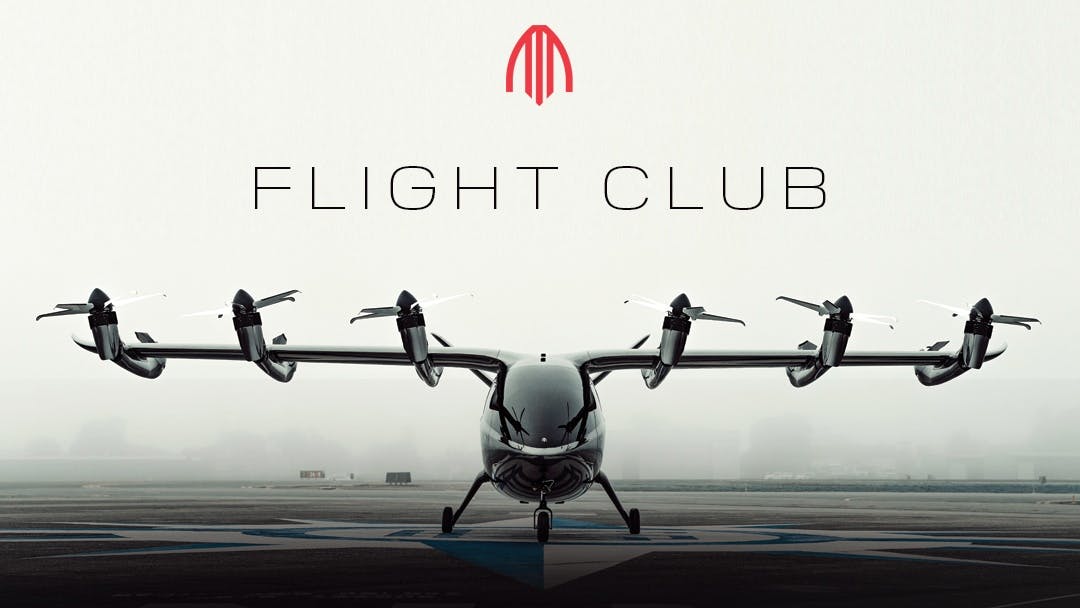
In order to make the dream of Urban Air Mobility a reality, safety is key. It’s at the core of our vision and key to the design and development of our eVTOL aircraft. With the ability to safely complete the flight after any single failure, we’re working to create travel that’s sustainable and safe. Throughout this journey towards creating our production eVTOL aircraft we’ve been working closely with the FAA to ensure a definitive level of safety and compliance. Each milestone brings us closer to an aerial rideshare future, and it’s clear those eager to experience that future want to know more. Here now are some of the latest questions posed by our followers. Round 5 of Flight Club has arrived.
Q: What is needed in square feet to take off and land? - allied_excavating_inc, Instagram
A: For a Vertiport our D value will be less than 50 feet. For a conventional landing we will be able to takeoff and land on a 3000 ft runway. - Jeff Greenwood, Chief Test Pilot and Head of Flight Safety
Q: Are you utilizing variable pitch props to optimize for the two flight regimes? - defiant_wings, Instagram
A: Yes, our front tilting propellers are also variable pitch. There are big differences between the thrust levels and propeller inflow conditions in hover and cruise conditions. Variable pitch allows for us to optimize the propeller to operate efficiently in both regimes. - Dr. Geoffrey Bower, Chief Engineer
Q: How many propellers can you lose out of the 12 and still fly? - edisonn_y, Instagram
A: We are designing the aircraft to be capable of continued safe flight and landing after losing thrust from any diagonal pair of propellers (for example, the left forward outboard and the right aft outboard) in hover and in transition. The aircraft can also fly safely after losing thrust from two of the six forward engines (one on each side) when flying conventionally, since wingborne flight demands much less thrust than hovering.
These design points consider the worst-case foreseeable operating conditions, including maximum payload, high altitude and temperature (the propellers are less effective with lower air density, and the electric engines’ power output is limited by our ability to keep them from overheating), and crosswinds (which make the engines on one side work harder to keep the airplane level). That means in most real-life conditions, where not all of those aggravating factors are present at the same time, the airplane can tolerate even more loss of thrust.
We have highly independent power and control systems for the electric engines, where each diagonal pair of engines can be powered from separate batteries, and there are multiple separate electronic communication systems to transmit the commands from the redundant flight computers to the engines. This minimizes the risk of any single failure affecting a combination of engines that is unsafe. - Pedro Carleial, Director, Safety and Systems Engineering
Q: What hurdles is Archer facing in normalizing air taxis with the FAA and the world? - edveeno_, Instagram
A: Archer is designing the operations of our aircraft to work within the already established rules in the National Airspace System (NAS). These rules cover the 29 million square miles of U.S. airspace, and lay a clear framework for aircraft operations within this country’s airspace. You can read more about the NAS on the FAA’s website here. - Eric Wright, Head of Certification

